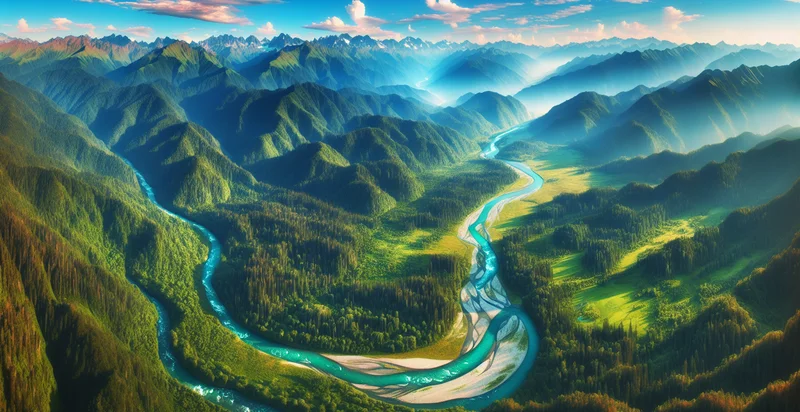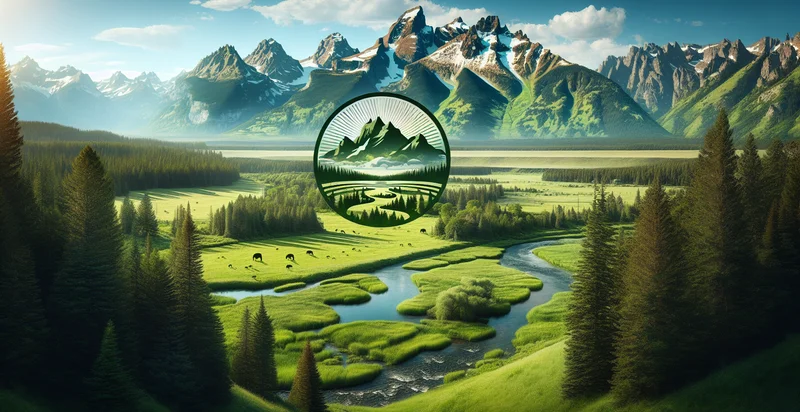Identify national parks
using AI
Below is a free classifier to identify national parks. Just upload your image, and our AI will predict which US national park it is - in just seconds.

Contact us for API access
Or, use Nyckel to build highly-accurate custom classifiers in just minutes. No PhD required.
Get started
import nyckel
credentials = nyckel.Credentials("YOUR_CLIENT_ID", "YOUR_CLIENT_SECRET")
nyckel.invoke("national-parks-identifier", "your_image_url", credentials)
fetch('https://www.nyckel.com/v1/functions/national-parks-identifier/invoke', {
method: 'POST',
headers: {
'Authorization': 'Bearer ' + 'YOUR_BEARER_TOKEN',
'Content-Type': 'application/json',
},
body: JSON.stringify(
{"data": "your_image_url"}
)
})
.then(response => response.json())
.then(data => console.log(data));
curl -X POST \
-H "Content-Type: application/json" \
-H "Authorization: Bearer YOUR_BEARER_TOKEN" \
-d '{"data": "your_image_url"}' \
https://www.nyckel.com/v1/functions/national-parks-identifier/invoke
How this classifier works
To start, upload your image. Our AI tool will then predict which US national park it is.
This pretrained image model uses a Nyckel-created dataset and has 59 labels, including Acadia and American Samoa.
We'll also show a confidence score (the higher the number, the more confident the AI model is around which US national park it is).
Whether you're just curious or building national parks detection into your application, we hope our classifier proves helpful.
Related Classifiers
Need to identify national parks at scale?
Get API or Zapier access to this classifier for free. It's perfect for:
- National Parks Tourism Promotion: The US tourism board can use this function to categorize and present relevant images of National Parks to potential visitors. By entering a specific park's name, one can acquire images related to that park for marketing purposes.
- Educational Resources Compilation: Educational institutions or e-learning platforms can utilize this function to efficiently find and organize images of US national parks. This can enhance lessons about geography, conservation, and biodiversity.
- Travel Planning Services: Travel agencies or travel planning apps can use this function to automatically identify the national park featured in user-provided images. This can assist in customizing itineraries based on parks the traveler has enjoyed previously.
- Information Retrieval in Publishing: Publishers can use this image classification function to find images of specific US national parks for their print or digital publications. With a categorized image database, they can quickly find appropriate visual materials.
- Content Sorting for Media Houses: Media outlets can utilize this function when sorting through a large volume of UGC (user-generated content). This will assist in categorizing content associated with specific national parks.
- Stock Photography Cataloguing: Stock photography websites can employ this function to categorize and tag images of US National Parks automatically. It saves time during the upload and cataloguing process and makes the search easier for customers.
- Research and Conservation Efforts: Researchers and conservation organizations can use this function to quickly filter through large numbers of images in studies related to environmental changes and wildlife population surveys in US national parks. They can organize these images based on parks for focused study.


